For Linux users and/or those who want to switch to Linux, the top popular Linux Distributions from January 2023 to January 2024, ranked by Google Trends is out.
Unlike Windows and MacOS, Linux is NOT an unified OS. Linux includes hundreds of operating systems powered by Linux Kernel.
There’s a popular website DistroWatch.com that includes the information of most Linux Distributions. However, page hit ranking in that website seems NOT a good choice as measure for Distributions popularity.
Google Trends Scores can be more trustworthy. And, as you see in the feature image, the top 1 is still Ubuntu in 2023, which has been the top popular Linux Distributions for many years.
1. Ubuntu
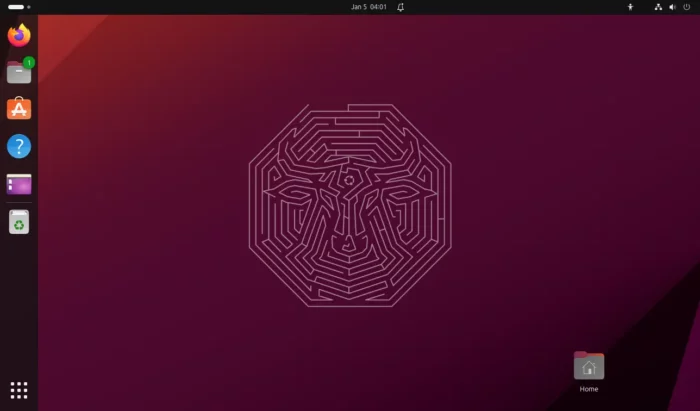
Ubuntu is a beginner friendly Linux Distro, started in 2004. It’s based on Debian, has the largest Linux community, and powered by Canonical Ltd, a company from UK.
It keeps rolling out new releases every 6 months. While, Long Term Support (LTS) versions usually released in April of even years (e.g., 20.04, 22.04, and next 24.04) with 5 years support and another 5 year for extended security maintenance support. And all other versions have 9-month short term support.
Ubuntu supports Desktop PC/laptop, server, IoT on board, and Cloud. The desktop edition use GNOME by default, while other desktop environments are supported by official flavors, such as KUbuntu, XUbuntu, Ubuntu MATE, and so forth.
For more about Ubuntu, go to Ubuntu website, askubuntu, Ubuntu Community Hub.
2. Debian
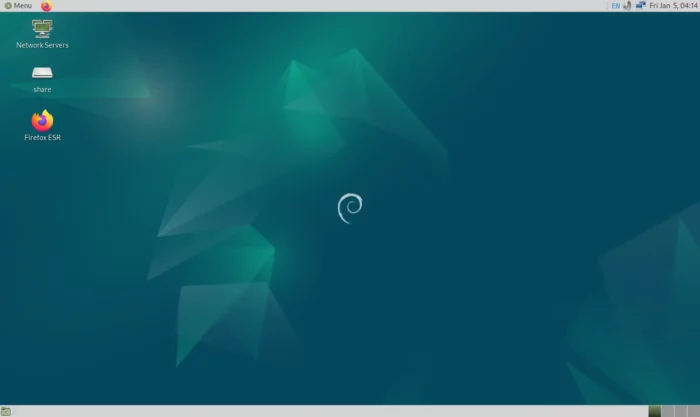
If you’re looking for a Linux system that focuses on stability, then Debian is a great choice!
All the packages in system repository (stable edition) is extensively tested and bug-fixed before being included, thus Debian is so stable and reliable for PC or server for long period of time running.
Compare to Ubuntu, Debian is a bit less beginner friendly, but more stable and even feels lighter (at least in my tests). So, it’s a good choice for user with basic Linux skills to run it on server or low end machine.
The Linux Distro started in 1993, and developed by the community-supported Debian Project. See more about it at Debian.org.
3. Kali Linux
The 3rd popular Linux Distro in last year is Kali Linux. It started in 2013, based on Debian (testing branch), and founded by Offensive Security, an American international company.
Kali is designed for digital forensics and penetration testing. It includes approximately 600 penetration-testing programs, including Armitage, Nmap, Wireshark, metasploit, John the Ripper, sqlmap, Aircrack-ng, Burp suite and OWASP ZAP web application security scanners, etc.
For more, see it in kali.org.
4. CentOS (Discontinued)
CentOS (Community Enterprise Operating System) was a free open-source 1:1 clone of Red Hat Enterprise Linux (RHEL).
It was ranked as number 2 popular Linux Distro a few years ago. Due to switch to CentOS Stream as mid-stream between RHEL and Fedora, CentOS discontinued since December 2020. See it in Wikipedia.org
5. Arch
Arch is a rolling release Linux Distribution, that keeps delivering the latest package updates.
Unlike a normal Linux Distribution (such as Debian, Ubuntu, and Fedora), after installing Arch, you always has the latest release by receiving updates.
So, if you always like the bleeding-edge features, then try Arch Linux. However, it’s NOT for beginners! See archlinux.org.
6. Linux Mint
For beginners switching from Microsoft Windows, Linux Mint is really a good choice!
It’s a stable, reliable, and elegant system based on Ubuntu (Long Term Support release). While, a LMDE edition is available to re-base on Debian.
Linux Mint so far only runs on PC/laptop with 64-bit (Intel/AMD) CPUs. It features its own Cinnamon desktop, while MATE and XFCE are available for choices. See more at linuxmint.com.
7. Fedora
This is a upstream source of RHEL, which has very close relationship to GNOME Desktop and Red Hat Enterprise Linux (RHEL).
Fedora acts kinda competitor to Ubuntu. It also has 2 releases per year, usually some days after a new release of Ubuntu. But, all releases have only 13 months of support.
It features iso images for Desktop (Gnome), server, coreos, IoT. See it on fedoraproject.org.
8. RHEL
Red Hat Enterprise Linux (RHEL) is a commercial open-source Linux distribution for the commercial market. It features server versions for x86-64, Power ISA, ARM64, and IBM Z and a desktop version for x86-64.
RHEL is free for personal use, up to 16 instances by developer subscription. See www.redhat.com.
9. Manjaro
If you prefer the bleeding edge applications, but lack of skills to struggle with Arch Linux, then Manjaro is a good choice.
It’s a rolling release based on Arch Linux, but providing beginner friendly interface, such as a graphical installer, pamac (graphical) package manager, MHWD for detection of free & proprietary video drivers, system settings, and graphical tool to install kernels, etc. See manjaro.org for more.
10. RasPi OS
As the name indicates, this is a Linux system for the Raspberry Pi family of compact single-board computers.
The system is based on Debian and features lightweight LXDE desktop environment. See more at raspberrypi.com/software.
Besides the previous Linux Distributions, here are top 11 to 20 ranked in 2023:
- Alpine
- Pop!_OS
- Rocky
- Oracle Linux
- Tails
- Zorin OS
- NixOS
- AlmaLinux
- Gentoo
- SteamOS
And, here’s an image for top 80 ranked Linux Distribution Google Trends Scores from Jan 2023 to Jan 2024.
















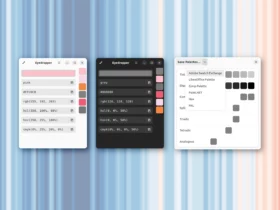






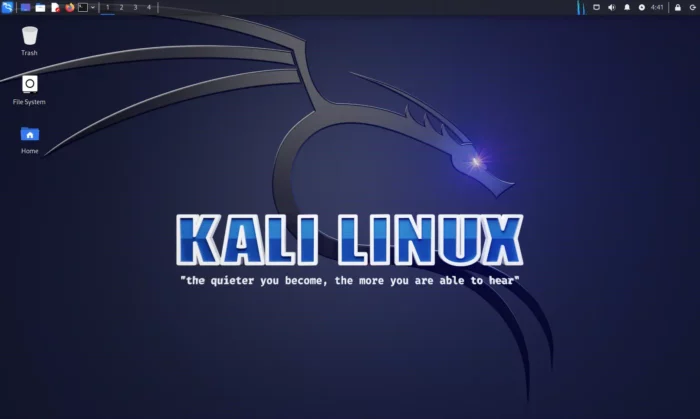
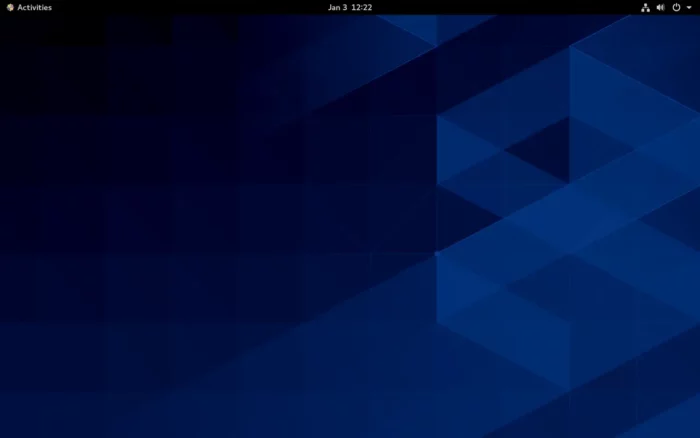

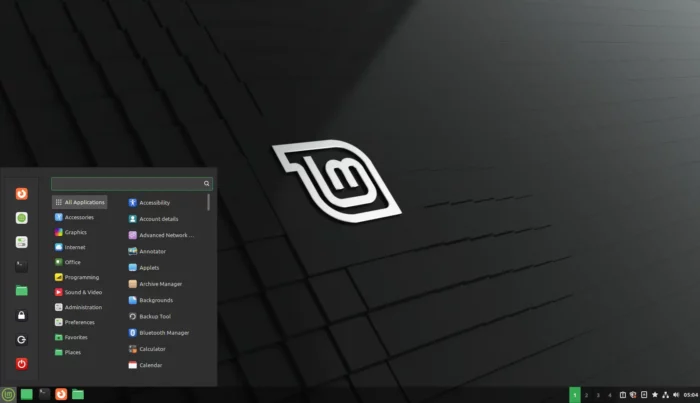

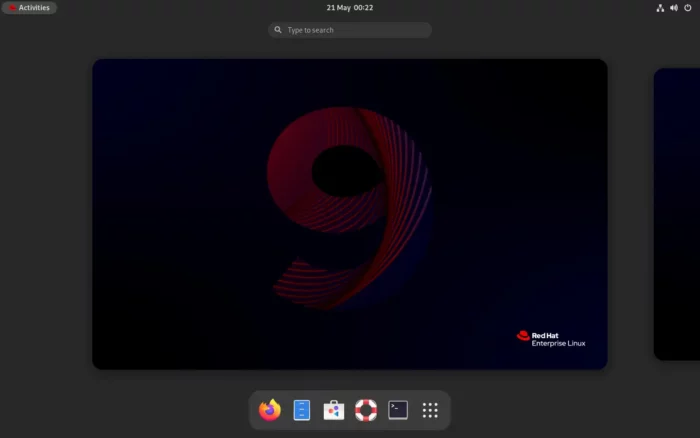

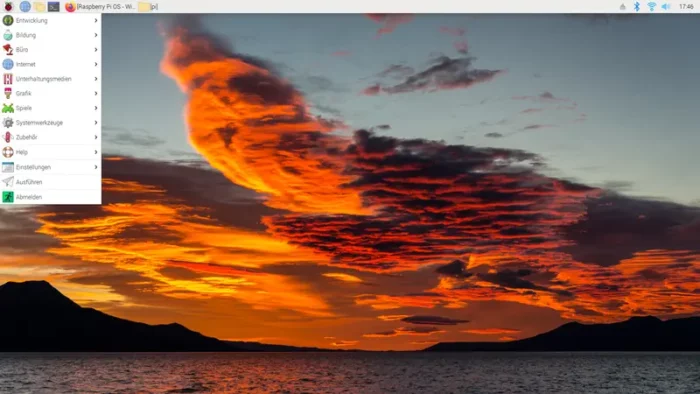

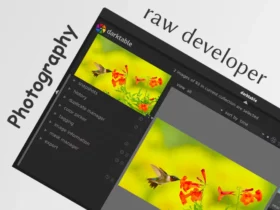
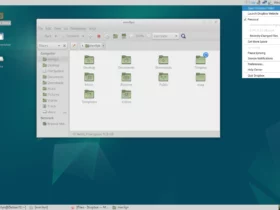


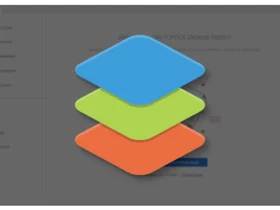


Ten years ago, I tried about 25 distros and settled on Mint. Then three years ago, I discovered Ubuntu Mate and used the Pantheon Panel configuration. IMO, it was the best distro with appearance and being able to individually resize icons and place them exactly where you want them on the desktop. However, for some unknown reason, it will not print from my 2016 PC, which still has great specs for Windows 10. I could not find an online solution, so I decided to give Mint another try. It prints from that laptop perfectly. Guess I’m back with Mint, which is my second favorite distro.